The clutch drive is adjustable if a spring-lever clutch is installed on the car
Diaphragm spring clutch requires no freeplay or release adjustments
The required strokes and gaps are provided by the design

With a ruler, we measure the free play of the clutch release pedal, which should be within 35–55 mm for a spring-lever clutch and 5–30 mm for a clutch with a diaphragm spring.
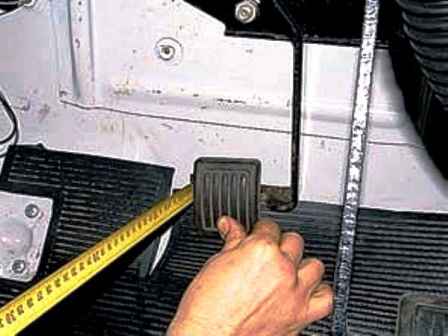
Pressing the pedal all the way, we measure its full travel, which should be equal to 185 mm for a spring-lever clutch and 165 mm for a diaphragm spring
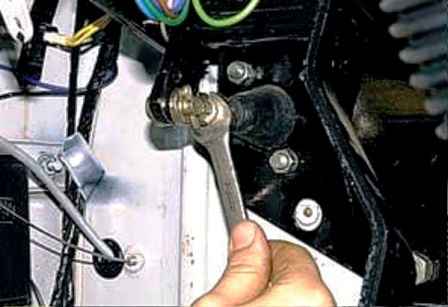
To change the position of the pedal with a key of 13, unscrew the locknut
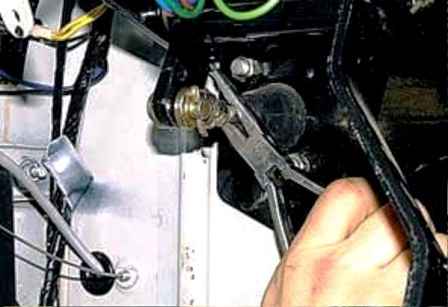
By rotating the stem with pliers, we set the desired position of the pedal
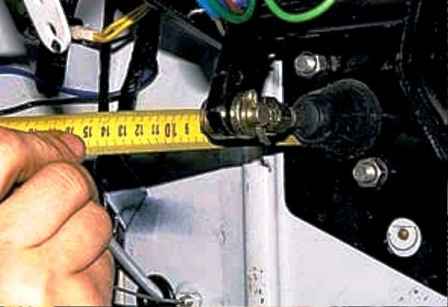
The distance from the bulkhead of the engine compartment to the center of the axle of the clutch master cylinder rod with the pedal released should be 96 mm
The free travel of the lower end of the clutch release fork must be at least 17 mm
If necessary, it is adjusted by changing the length of the pusher of the working cylinder
To do this, having unscrewed the locknut, we wrap or unscrew the screwed part of the pusher until the desired value is set, after which we tighten the locknut
The clutch mechanism needs to be adjusted if the controlled distance from the turning head of the adjusting screws on the release levers to the fixture plate is not 51.5 ± 0.75 mm (see picture)
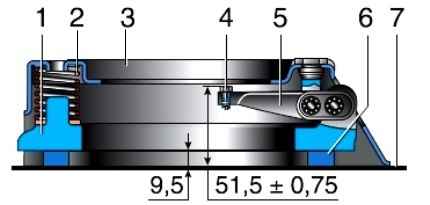
* The template can be replaced with three washers 9.5 mm thick, evenly spaced around the circumference under the pressure plate; ** A flywheel can be used as a plate
The distance to the head of each screw must not differ by more than 0.2 mm
By unscrewing or tightening the adjusting screws, we set the desired size and lock the screws of the levers, upsetting the edge of the lever into the groove of the screw shank





